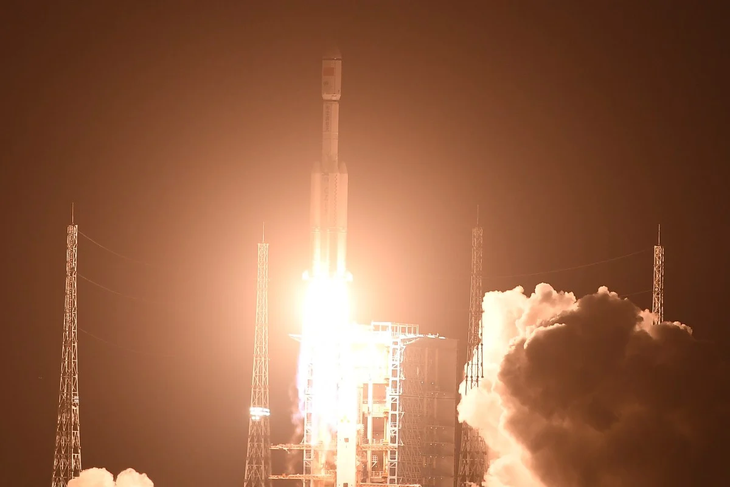
The Tianzhou-9 spacecraft was launched to the Tiangong space station, carrying a model of a "tiny human brain" - Photo: XINHUA
A team of Chinese scientists has just brought a "miniature human brain" model - a credit card-sized chip containing human brain cells and blood vessels - to the Tiangong space station to study how zero gravity affects neurological function and mental health.
The experiment, launched on board the Tianzhou-9 supply spacecraft on July 15 from China, marked the first time a highly integrated "brain chip" - which also has blood-brain barrier (BBB) function - was sent into space.
This is a new step forward in "organ-on-a-chip" technology, a field that uses stem cells and microengineering to simulate the structure and function of human organs on microchips.
According to scientist (Qin Jianhua) Qin Jianhua, Dalian Institute of Chemical Physics, this brain chip is grown from living tissue including nerve cells, immune cells, small blood vessels and a protective layer that simulates the brain's natural defense system.
Its three-dimensional, immersive design allows for direct and continuous observation of brain tissue response in space conditions – a promising tool for space medicine, neuroscience and drug development.
Such chip models help bridge the gap between cell research and real human bodies, opening up new approaches to understanding complex diseases and assessing drug safety. In a zero-gravity environment, they could shed light on how microgravity affects the body at the most basic level.
Unlike brain-computer interfaces that focus on decoding neural signals to control machines, brain chips replicate brain structures outside the body to serve research on how the brain works, Ms. Qin said.
This experiment is part of a package of 23 scientific projects carried on the Tianzhou-9 mission, covering fields such as life science, materials, fluid physics, etc., jointly carried out by more than 20 Chinese research institutes and universities.
The Tianzhou-9 spacecraft carried a total of 6,500 kg of cargo, including experimental equipment, crew supplies, propellant and two new spacesuits. The spacecraft docked with the Tiangong space station just three hours after leaving the launch pad at the Wenchang Space Center on Hainan Island.
Source: https://tuoitre.vn/trung-quoc-dua-nao-nguoi-ti-hon-len-tram-thien-cung-20250718093932653.htm




![[Photo] Keep your warehouse safe in all situations](https://vphoto.vietnam.vn/thumb/1200x675/vietnam/resource/IMAGE/2025/10/1/3eb4eceafe68497989865e7faa4e4d0e)
![[Photo] Hanoi morning of October 1: Prolonged flooding, people wade to work](https://vphoto.vietnam.vn/thumb/1200x675/vietnam/resource/IMAGE/2025/10/1/189be28938e3493fa26b2938efa2059e)
![[Photo] President of the Cuban National Assembly visits President Ho Chi Minh's Mausoleum](https://vphoto.vietnam.vn/thumb/1200x675/vietnam/resource/IMAGE/2025/10/1/39f1142310fc4dae9e3de4fcc9ac2ed0)

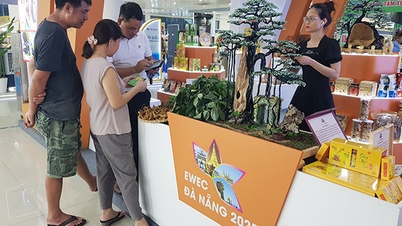

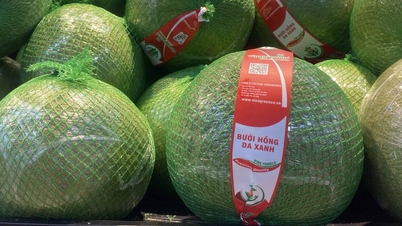
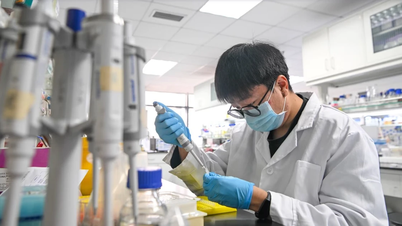

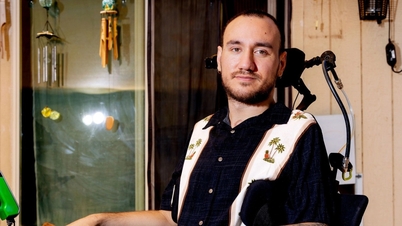

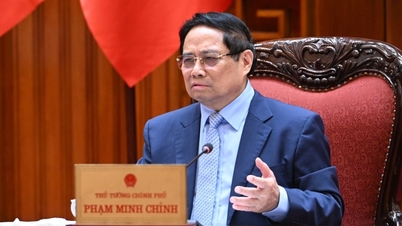

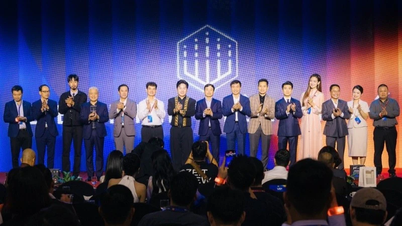

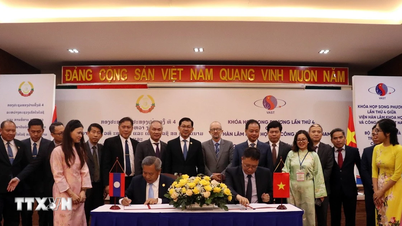
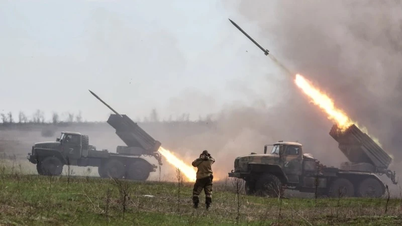

![[INFOGRAPHIC] DJI Osmo Nano Action camera, super compact, 4K 120fps recording](https://vphoto.vietnam.vn/thumb/402x226/vietnam/resource/IMAGE/2025/10/1/8408489112ee446dab897373255c827e)
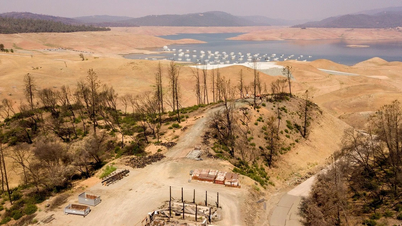
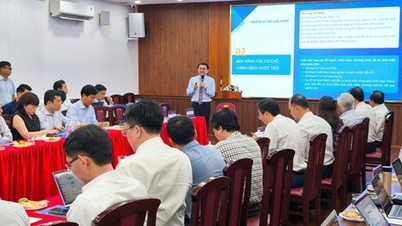





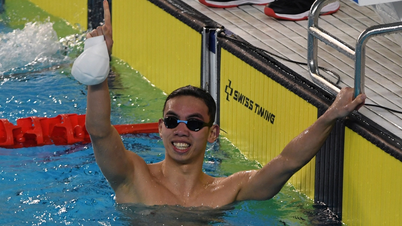
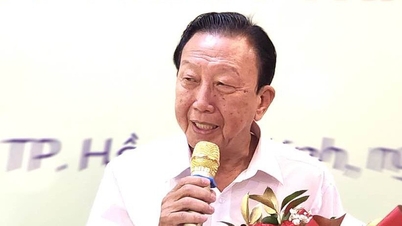
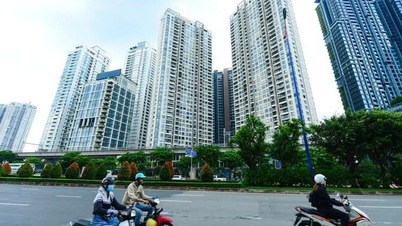































































Comment (0)